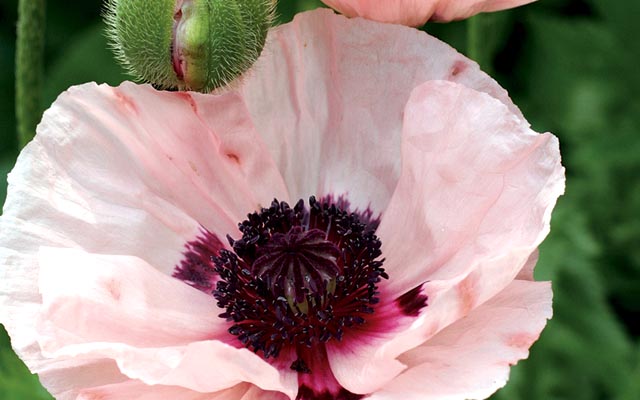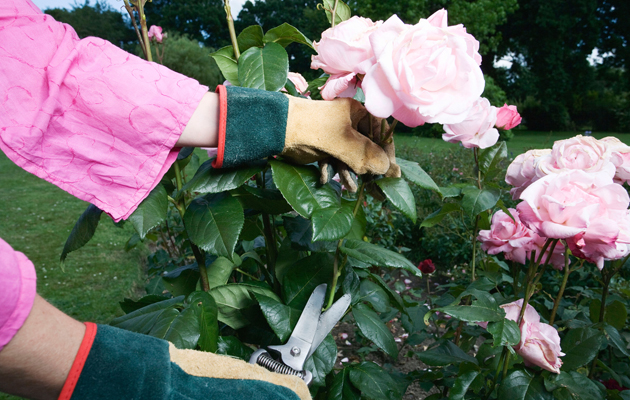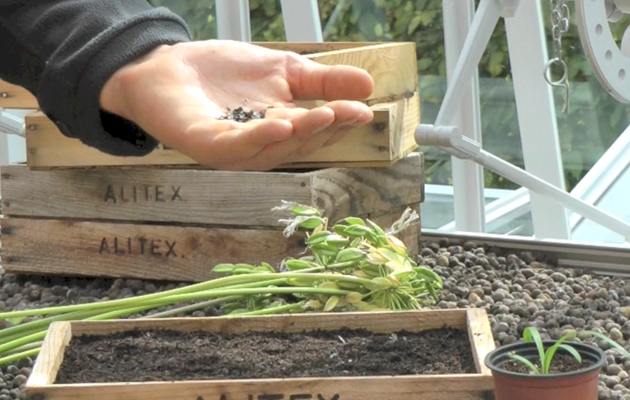The best poppies to plant in spring
And they called it poppy love.

This is such a wonderful moment in the gardening year, with spring just around the corner. There is much to prepare and plan before the growing season fully starts, but, right now, we’re giving a lot of thought to poppies. The various annual poppies have so much to offer for the early part of summer. The native Papaver rhoeas is a lovely plant, but for something with a little more distinction, the Shirley Poppy is worthy of some garden space.
This beautiful seed strain was originally raised by the Rev W. Wilks in the 1880s, in Shirley, Surrey. He noticed a wild poppy in the vicarage garden with a narrow edge of white to the petal and became quite captivated by it. After collecting its seed, he spent the next 20 years selecting and eliminating from the progeny of this one bloom, to develop a wonderful range in softer hues. All poppies are such delicate flowers with their thin, translucent petals and the gentle colours of the Shirley strain enhance this quality.
My friend Aaron, who runs the vegetable garden at Great Dixter, for a while grew Shirley Poppies among the blackcurrants and gooseberries in his fruit cage. I enjoyed the display so much that I want to raise some among the heathers and azaleas in our wild garden at Gravetye. In this situation, the shrubby plants will cope with competition from the poppy and, if it self-sows too wildly, well, it will be a beautiful ‘weed’ to have.
The easiest way to grow most poppies is by direct sowing; once established, many will self-sow quite freely. The opium poppy, Papaver somniferum is one of the best examples of this and, although it’s a truly lovely thing, it’s so important to thin out the self-sown seedlings in the borders each spring. If this is done well, then spontaneous blooms pop up in an interesting way among other plants, but if you don’t thin, they can quickly take over.
The lovely California poppy, Eschscholzia californica, is another great self-sower, which we’ve been establishing along the edges of our kitchen garden. There is a whole range of colours, but I still like the original, burnt-orange the best.
We’ve combined it very pleasingly with the blue annual Cerinthe major in the past, but one of the best ways I’ve seen Californian poppies used is at Prospect Cottage in Dungeness, Kent, where the late Derek Jarman allowed them to grow in the shingle, to flower alongside the wild viper’s bugloss, Echium vulgare.
Direct sowing is the simplest form of poppy propagation, but, for the highest-quality plants and for the sake of accuracy in the flower garden, we tend to sow into trays. The seeds are germinated in the glasshouse and then potted up, to grow further in a cold frame before planting out.
Sign up for the Country Life Newsletter
Exquisite houses, the beauty of Nature, and how to get the most from your life, straight to your inbox.
This method can be used for all of the poppies, but one of the most effective crops we produce in this way is the ladybird poppy, Papaver commutatum, with its distinctive, black spots and long season. We germinate crops in the autumn and spring, ensuring the longest possible display in the garden.
Annuals are all well and good, but there are always obvious advantages in using a perennial in the border. The cultivars of P. orientale are some of the most beautiful poppies you could see and reliably return year after year. After flowering, they can be cut back and are dormant through the rest of the summer.
Because of this trait, they present the opportunity for inter-planting with late-flowering annuals, extending the season of the border. Goliath is excellent, but Karine is my favourite, having translucent pink petals with beetroot blotches at the base.
Tom Coward is head gardener at Gravetye Manor, West Sussex (www.gravetyemanor.co.uk)

How to prune roses
Alan Titchmarsh tackles the thorny issue of pruning roses.

Alitex Series Video: How to sow seeds
Head gardener at Hinton Ampner shows us how to sow seeds, a simple and economical way of raising new plants
-
 The King's favourite tea, conclave and spring flowers: Country Life Quiz of the Day, April 22, 2025
The King's favourite tea, conclave and spring flowers: Country Life Quiz of the Day, April 22, 2025Tuesday's Quiz of the Day blows smoke, tells the time and more.
By Toby Keel
-
 London is the place for me* (*the discerning property buyer)
London is the place for me* (*the discerning property buyer)With more buyers looking at London than anywhere else, is the 'race for space' finally over?
By Annabel Dixon